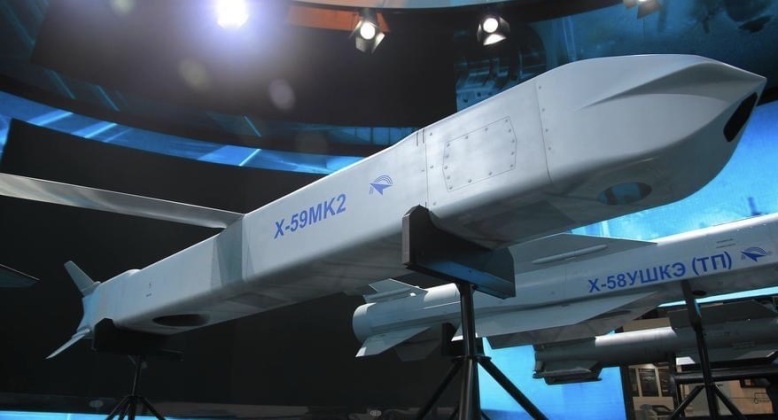News
Russia’s Su-57 Stealth Fighter Squadron Conducting New Precision Strikes in Luhansk – Ukrainian Reports
The Russian Air Force has deployed Su-57 next generation fighters for repeated strikes on Ukrainian Army positions in the disputed Luhansk region, according to the ERADAR Telegram channel which maintains close links to the Ukrainian Military. The veracity of the reports remains uncertain, with the channel emphasising the difficulties fighting against Russian aviation to reiterate calls for expedited deliveries of F-16 fighters from Western countries – and thus having an incentive to overstress the danger posed by Russian air power. Nevertheless, Su-57 deployments for such operations have been very widely reported since the war’s early weeks, with the fleet’s capabilities, the range of weapons deployed, and the size of the Air Force’s sole squadron all having increased significantly since February 2022. Reported roles for the aircraft have included strikes, air defence suppression, supporting electronic warfare efforts, and even beyond visual range air to air combat.

A report in January 2023 by the British Defence Ministry confirmed that Su-57s were “launching long range air to surface or air to air missiles into Ukraine” and had been doing so “since at least June 2022.” The British conservative outlet The Conversation subsequently reported in mid-February that “The Russian MiG-31 and Su-57 operating the R-37M long range hypersonic missile have engaged Ukrainian aircraft at a range of over 200kms from the safety of Russian airspace.” The role of Russian air power has increased significantly as Ukrainian air defences have faced increasingly critical depletion, with massive Soviet arsenals of surface to air missiles having been seriously eroded by over 18 months of hostilities. Operations in Ukraine have made the Russian Air Force the only service in the world with experience operating fifth generation fighters in high intensity combat, with the American F-22, and F-35 having only been deployed for strikes against undefended targets and in three instances in Israeli service for short range air to air engagements against drones or cruise missiles. The Chinese J-20 has never been deployed for combat due to the country’s lack of involvement in overseas combat operations.

The Su-57 has benefited significantly from deployments against a large state military with advanced air defences and a relatively capable combat aviation fleet, allowing the design and tactics for using it to be further refined. The aircraft have not been deployed for high risk operations such as provision of close air support, with Su-34 strike fighters estimated to cost only around one quarter as much to produce being relied on for such operations. With only ten Su-57s in service at the beginning of the year, production has reportedly doubled in 2023 meaning 12 fighters are expected to be delivered this year bringing the fleet size to 22. The fighters are expected to begin to form the backbone of the Russian Air Force’s tactical combat aviation fleet in the 2030s, and while replacing MiG-29 fighters and various derivatives of the Su-27 fighter, the aircraft are also speculated to be intended to replace MiG-31 interceptors and Tu-22M bombers due to the lack of viable successors from the same classes. Integration of new very long ranged air to air and cruise missiles, which are usually only carried by interceptors or bombers, have been key to allowing the Su-57 to take on roles significantly beyond those of standard fighters. New missile classes allow the fighter to engage aircraft and ground targets at ranges well beyond those which its overseas counterparts can.












